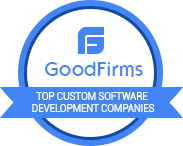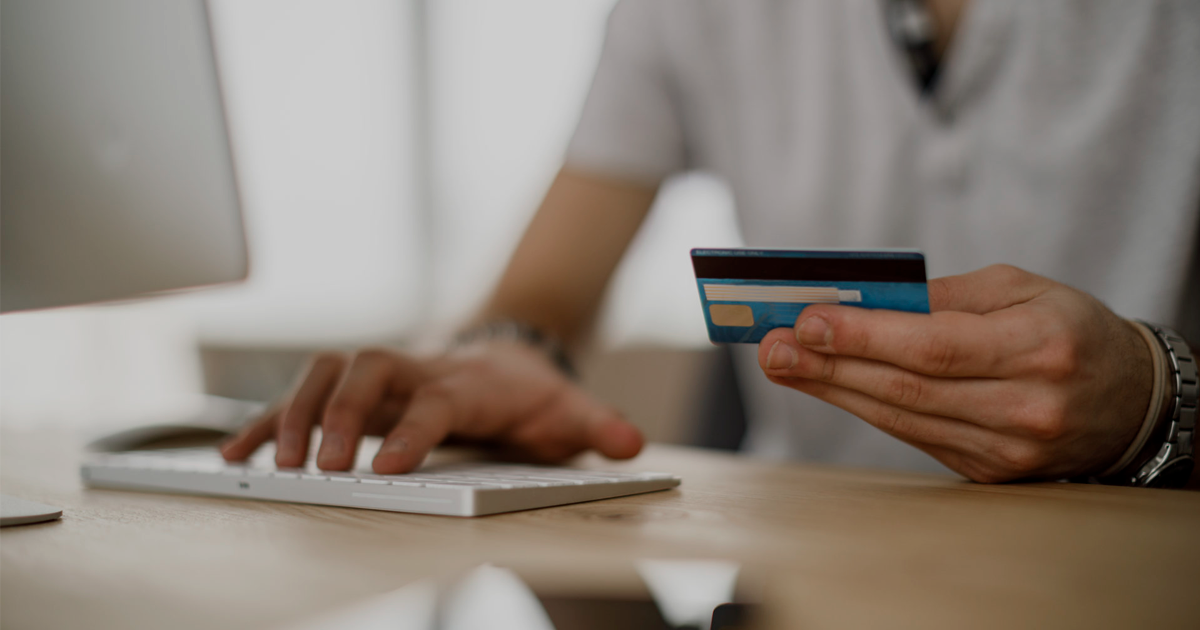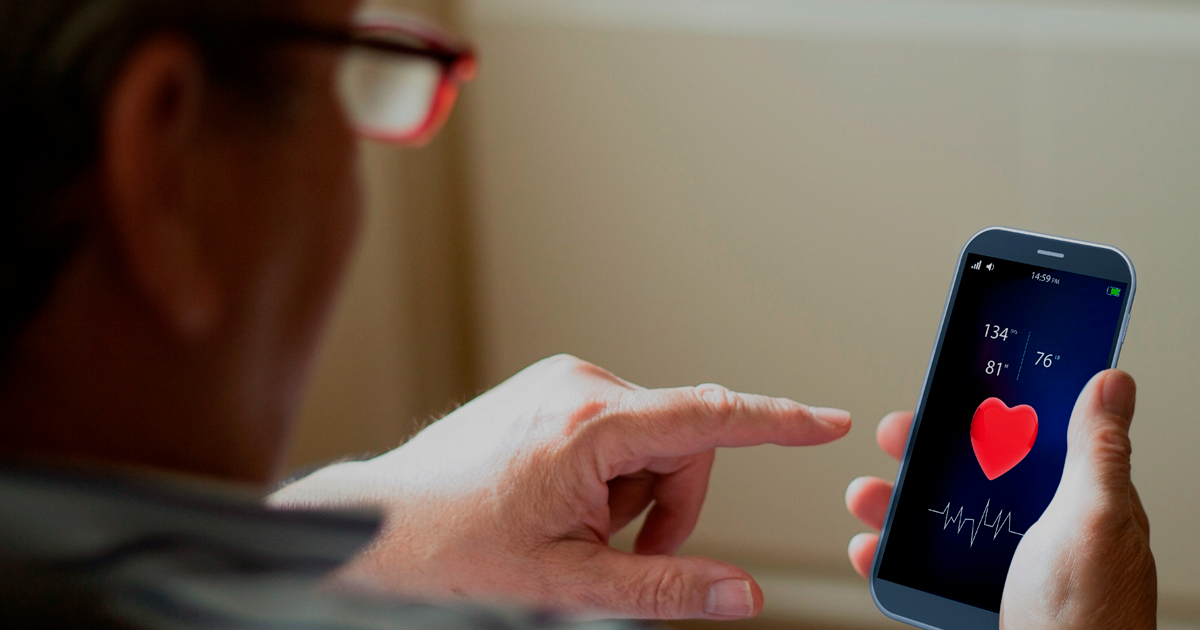How to Build a Winning Healthcare App

How to Build a Winning Healthcare App
How to Build a Winning Healthcare App
How to transform your Digital Health Dream into a Successful Reality? Learn how to reduce healthcare expenses, seek feedback from a wider circle, optimize medical data and differentiate itself in the highly competitive market.
Global mHealth App market: an overview
Mobile apps are changing the concept of health care delivery. For patients – they allow significantly save time when visiting clinics and hospitals, receive professional help remotely, and have access to personal medical data. Doctors should monitor patients with chronic diseases and improve the efficiency and safety of drug intake. For clinics – mHealth apps are increasingly a key driver for growth and improvement in the quality of service and communication.
- According to RICOH Research, 74% of hospitals that use mobile devices to collect medical data are more effective in providing appropriate care to patients than those who do not.
- 79% of patients will prefer clinics that use digital solutions if they help reduce the time on bureaucracy and increase the time that doctors spend with patients.
- 8 out of 10 patients say that with the increased use of information management technologies, visits to hospitals have become more pleasant and efficient, and the processes of admission and discharge are much faster.
Types of mHealth Apps
There are several types of health applications for different purposes and end users, including medical professionals, labs and patients. The type of application defines its functionality, some integrations and the level of data privacy.
Apps for healthcare professionals
- Applications for clinical communication. They increase the efficiency of medical decision-making and communication with clinicians in a particular hospital. Such services include text and voice chats, file sharing and electronic medical records systems.
- QR barcode scanning applications allow you to scan electronic medical records of patients and barcodes of medicines with a smartphone built-in camera that considerably saves the clinic money for the purchase of specialized scanners.
- Patient communication apps increase engagement in the treatment process and drive customer loyalty to the healthcare provider.
- Applications for drug dosing. They are used by doctors to calculate individual doses of medications based on the current health, age, weight and other personal information of the patient and avoid time-consuming manual calculations, spreadsheets and complex tools.
- Electronic medical records apps make it easier to keep medical records.
- Risk assessment applications monitor the health status of patients in real time through integration with the EHR and various ioMT devices that users wear on the body.

Apps for Patients
- Telemedicine platforms. Such applications help to find a medical specialist, make an online appointment and visit him using a video call, as well as pay for a consultation through an integrated payment gateway.
- Diet and nutrition apps that include nutrition recommendations, an extensive library with recipes and descriptions of dishes, a calorie counter and a progress graph.
- Diagnosis-based apps help users with epilepsy, diabetes, cardiovascular diseases, asthma, allergies to monitor their diet and medication intake, as well as predict their health status.
- Meditation apps help users maintain their mental health.
- Fitness applications. They help to keep fit by tracking your daily activity, weight, the number of calories burned and stick with a workout program.
How to build a successful mHealth App in 2023: 6 essential tips
- Identify the problem you want your app to solve. A successful product address real pain points. Make a portrait of the target audience, define complications and inconveniences of patients and only after that you will be able to create a mobile application that will respond to the needs of your customers.
- Maximize personalization. When it comes to medicine, the target audience can’t be described as “active men over the age of 30 with an income above the average.” Everyone’s health and physical condition are different, views, tastes, abilities, habits are also differ and can change over time. There are two ways to cope with the heterogeneity of the target audience: either create super customized products (for example, for people who are struggling with depression), or introduce powerful personalization tools (surveys, chatbots) into the service.
- Make simple and intuitive navigation. According to statistics, the user will make a maximum of 3 attempts to understand the application. If he fails to register, make an appointment or get a recommendation, the app is likely to go to the trash. To prevent this from happening, it is necessary to consider that among the users of medical applications are not only millennials, but also people over the age of 40 and 50. As practice shows, when developing the UX you should follow the principles of cleanliness and minimalism.
- Integrate AI for effective medical decision-making. Chatbots and AI-assistants can independently make a diagnosis and help doctors in treatment processes. Most likely, these are the most significant areas in which AI will develop in sight. In addition, future AI/ML solutions will be able to support patients by focusing on prophylaxis and critical conditions preventive maintenance.
- Add gamification. People love to see results — and gamification is just a great way to stay motivated and keep going. Gamification should be fascinating, meaningful, and, at the same time, quite serious. For example, it can motivate users to take medications on time and not to give up treatment in the middle of the course.
- Integrate IoMT devices and medical equipment. An application connected to medical equipment and ioMT can help both the patient and the medical professional to reliably collect vital information about a patient’s health in one place.
- Bonus! To learn more recommendations on how to create a really cool and cost-effective mobile health app you can listen to a podcast about it. This way you will be able to find the view of not only IT experts but also medical representatives. Tune in now and unleash your full potential!
Monetization
The demand for mobile health solutions has grown many times and continues to rise. And this greatly increases the possibilities of monetization of medical mobile application and involves one of the strategies:
- Classic monthly or annual subscription
- A Freemium model that provides only the most basic part of the application for free
- Sale of own goods and services.
Mobile health solutions market is still in the early stages of development, but more and more people are starting to trust and be interested in them every day. The profitability of developing mobile applications for healthcare is growing exponentially and helps companies to reach new sources of audience engagement.
How can Lansoft assist you?
The Lansoft team has extensive experience in collaborating and implementing projects with medical organizations. The users of our digital health applications note the ease of use of the apps, an excellent level of interaction and a really thoughtful architecture.
We also work closely with Bionabu global medical community. Choosing a tech provider in partnership with the global community of medical experts, you can be fully convinced in the expertise and credibility of the solutions we develop.
So we will be very happy to share our expertise and bring your Medtech idea to life!
Discover more









